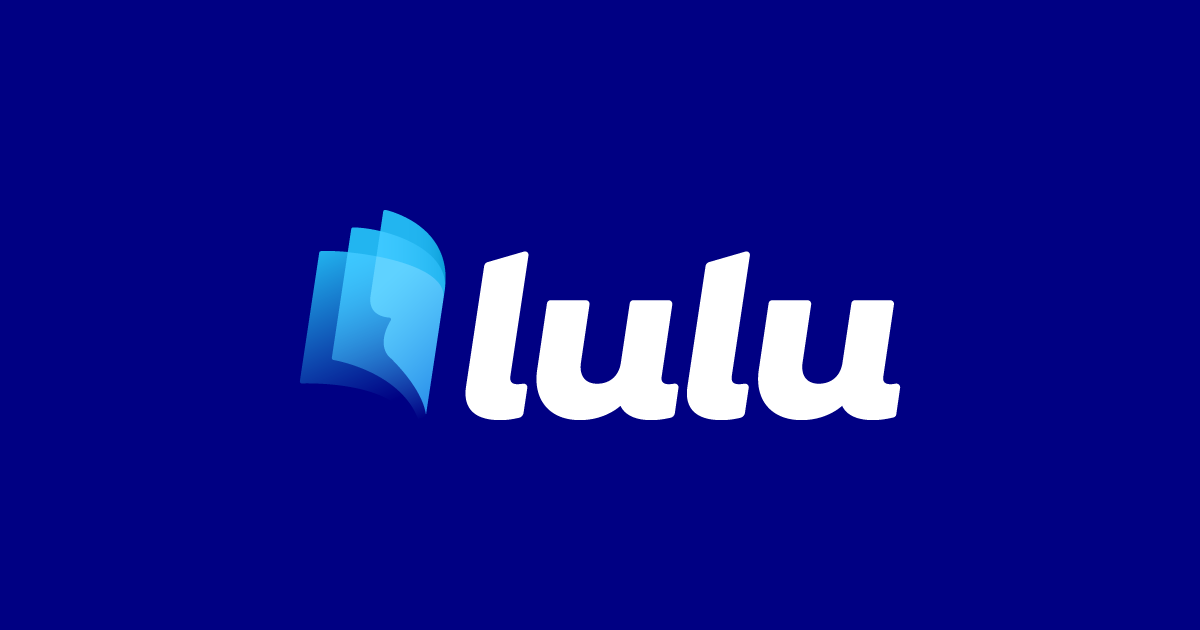The Costco Method

Before we get to the framework you’ll use to increase visibility and awareness for your business, I want to share a powerful principle with you that will inform why this framework works.
You’ve likely heard of Costco. It’s a big-box, warehouse retail store that sells bulk items and much much more. Whether you need a new toothbrush, a set of pans, floor mats for your car, fresh fruit or baked goods, a TV, a sofa, a camping tent, or a massive box of cereal, you can get it at Costco.
The chain is known for its samples. As you peruse the aisles, placed strategically at the end is a sweet old lady serving up samples of an item that can be found in that aisle. Maybe it’s a new chip and dip combo, or a new energy drink, or a breakfast burrito.
People line up for the next batch that’s hot out of the microwave or the griddle they’re using to heat up the samples. They slowly cut each serving down into sample size, place them into little paper muffin cups, and put them on a red cafeteria tray. Dozens of children, parents, and grandparents reach in to grab one, to sample the free item that’s on display.
Some of those who sample it will ask the kind woman, “Ooh, where can I find these?” She then politely points to her left or just behind her and says, “Oh, they’re right here!”
Then the whole process repeats a dozen times during your trip to the store.
Let’s talk about the psychology at play here that makes giving away the product such an essential strategy for Costco, a company that’s currently ranked #11 on the Fortune 500 rankings of the largest United States corporations by total revenue at ~ $250 billion in 2023.
First, Costco is a membership model. You have to pay to even get into the store (unless, of course, someone gives you a Costco gift card… but that’s a story for another day). The context here is that everything inside is worth the price of admission, whether it's because of the discounts from buying in bulk, or the exclusivity of their products like they’re insane $5 rotisserie chicken, or the extensive Kirkland Signature products.
Second, and more important for our purposes, is the understanding that Costco has of its members. It happens through extensive testing and optimization - the store constantly optimizes its product offerings based on what sells and what doesn’t. Some products have been staples for years, others rotate out after just a few months.
So when Costco decides to bring a new product into their warehouse stores, they start with a sample. They offer a bite, a less-than-single serving to anyone interested. The offer is simple - a sign on the side of a serving cart, the product featured on the countertop, with samples to the side, and a lovely server giving out samples with a smile.
This simple offer pulls people out of the stream of shoppers and over to the little stand. They start with awareness and then identify prospects - people interested in the offer, as well as leads - people who sampled the product.
A weekend goes by and they can look at the data of that offer - how many samples did they give out?
Next, they look at how many people went to grab a full box of what they just sampled and purchased it. This is how many customers they got to purchase their product.
It’s a very simple process that can take less than a few minutes. That’s how well Costco has optimized its sales process from awareness, to prospect, to lead, to customer.
The idea of offering a sample is one we can steal and apply to our creative businesses.
First, look at where your customers are. Are they online? Are they walking in front of or driving by your store? Are they looking through a phone book? (That reference is for you Gen-X-ers.)
Second, put a simple sample offer in front of them. Your content is a sample (or Snack as my friend Carl Richards likes to call it). You’re offering people a taste of what they’d get if they engaged further with you.
Then give them a simple answer to “Where can I get more of this?” Put links all over the internet - in your content, your descriptions, your bios. Make it easy for people to essentially “look left” and see the full thing.
Then have a way for people to buy your offer and become a customer. Optimize and simplify this as much as Costco has and you’ll see how well this principle applies to your business.
How to do each of these steps is what we’ll finally dive into next, with the Craftsman Content Framework.
TAKE ACTION
Look at your current process. Do you have a way for people to see your offers as they’re going about their business online or in person? Have you created any samples of your products and services that people can experience before they become a lead or a customer? How simple is it for people to get more of that sample?
Take a good look at your business. To get the outcomes from this Visibility section, you not only need to know where you’re going and how to get there, but where you are starting from. Do that now so you have clarity on what your process currently looks like.

Sponsored By Lulu.com
The team at Lulu has been an incredible partner since I released my last book, Craftsman Creative - How Five-Figure Creators Can Build Six-Figure Businesses.
We've partnered on this next book, Blockbuster, to share the ins and outs, the behind the scenes of writing and publishing a book in public.
To learn more about how Lulu can help you get your book out into the world, visit lulu.com by clicking the button below:
NEXT CHAPTER

PREVIOUS CHAPTER



Member discussion